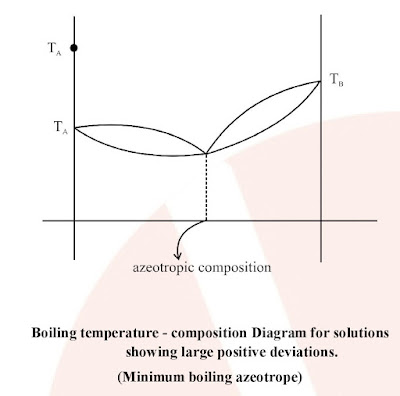- Vapour pressure of a solvent present in solution is less than the vapour pressure of the pure solvent.
- According to Raoult lowering of vapour pressure of a solution depends only on the concentration of the solute particles and remains independent of their identity.
- p1 =x1 p10
- The reduction in the vapour pressure of solvent (p1) is given as:
As x2=1-x1 the above equation reduces to Δp1= x2p10
- Lowering of the vapour pressure of a solution with several non-volatile solutes depends upon the sum of the mole fraction of different solutes which makes the above equation as-
Where n1 and n2 are the number of moles of solvent and solute respectively present in the solution.
- The above equation can be written as:
- For dilute solutions n2 << n1, hence ignoring n2 in the denominator we get
w1 and M1 = Masses and molar masses of solvent.
w2 and M2 = Masses and molar masses of solute.





